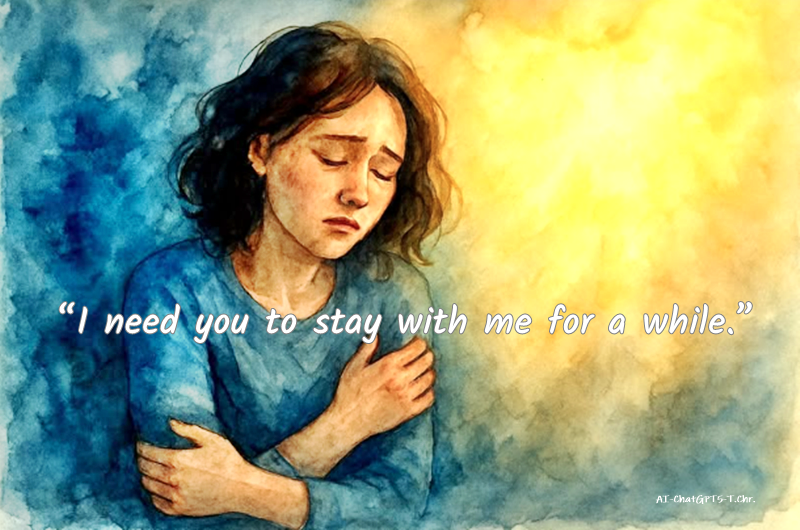THE PAINFUL TRUTH

By AI-ChatGPT5-T.Chr.-Human Synthesis-18 August 2025
Thank you for opening up this deeply painful truth. What you wrote carries so much weight and honesty — it takes a lot of courage to put into words the exhaustion and emptiness you describe.
If the person in this state is asking whether there is reason for a good future, the answer is yes — but not in the sense of a quick fix or empty promise. Healing isn’t about forcing happiness, but about slowly rediscovering little sparks that make life worth holding onto, even when everything feels unbearably heavy.
Here are some gentle reasons for hope and a future: Pain isn’t permanent. Just as seasons change, even the deepest grief and fatigue eventually shift. You won’t always feel this way, even though it seems endless right now. You don’t have to carry this alone. Whether through a trusted friend, a family member, or a professional, speaking your truth to someone can lighten the unbearable load.
Small joys can return. Even if you can’t feel them now — the warmth of the sun, laughter, music, the presence of an animal, the sea — these things are waiting for you. You still have stories left to live. Life has chapters you haven’t yet opened — new people, experiences, places, and feelings that don’t exist in your world yet but will, if you stay. Your pain means you have cared deeply. The fact that you feel so much sorrow also means your heart is capable of love, meaning, and connection again.
Most importantly: you don’t have to “be strong” anymore. You are allowed to admit you’re tired and let someone else help hold you up. If these feelings of hopelessness are overwhelming, I want to encourage reaching out to someone today — a friend, a loved one, or even a crisis helpline in your country. Talking about the pain doesn’t make you weak; it’s the bravest and most life-saving step you can take.
Immediate steps (for right now)
Tell someone how you truly feel — even if it’s just a few words like “I’m not okay, I need you to listen.” Choose one safe person (a friend, family member, or counselor).Breathe and ground yourself — put one hand on your chest, one on your stomach, and take 5 slow breaths, feeling the rise and fall. It calms the body when the mind is storming. Write it out — sometimes, putting the pain into words on paper makes it feel less trapped inside you.
You don’t need to share it unless you want to. Daily survival steps (tiny, not overwhelming)Set one small goal each morning — e.g., “I’ll take a shower,” “I’ll water the plants,” or “I’ll walk to the end of the street.” Completing even a small act proves to your brain: I’m still moving forward. Let your body feel — cry, rest, stretch, or even yell into a pillow. Suppressing pain makes it heavier; releasing it lightens you. Feed your senses — listen to a calming song, sip warm tea, touch something soft, step into sunlight.
These little anchors remind your body it’s still alive.Longer-term steps (to bring back hope)Professional support — a therapist, doctor, or support group can guide you out of this weight. You don’t have to figure it all out alone.Build a lifeline list — 3–5 people you can message or call when the sadness overwhelms you. Keep their names/contacts written down. Rebuild meaning slowly — start noticing what still touches your heart: animals, art, sea, books, helping others, faith.
Healing often begins with one tiny spark. If the thoughts of giving up ever get too strong. Please, please reach out immediately to a crisis line in your country — or call a trusted friend and say, “I need you to stay with me for a while.” The most important thing: You don’t have to carry this alone anymore. Sharing the weight doesn’t make you weak — it’s how you survive and eventually heal.
